
Amazon is shipping copies of my second book: Photographing Architecture. This is really exciting! Of course you can also get my first book Understanding and Controlling Strobe Lighting
. You can download copies of most of my articles and some do it yourself projects. I teach three classes at BetterPhoto: Portrait Lighting on Location and in the Studio, An Introduction to Photographic Lighting and Getting Started in Commercial Photography. I hope you’ll check them out.
I was asked to write something about how to hire a photographer for a thread at Linkedin. The group is from the National Kitchen & Bath Association. I spoke to one of the chapters last year. I thought it might be good to start with a few things about how to do business with a designer and post it here. If you came here from the Linkedin group you’ll notice that some of this was posted there.
I’ve included a lot of kitchen and bath photos I made for Terry Beeler and Son Contractors, Inc.
If you’re a designer there are a few things you want to know before you start contacting photographers. First, what do you want from the shoot. Is the shoot for your portfolio only? Are you going to use the shot on a web site? Do you want to submit it to a contest or a magazine? What will you do with the shot? Do you want to hire a photographer who has a relationship with a magazine? This can increase the chances of publication. Is there a particular time or day when this project needs to be shot? Does the weather matter? What is your budget? Exactly what needs to be done? If you only designed the kitchen, then that is what needs to be done. If you also designed a bath or a second floor kitchen tell the photographer up front. What you’re really asking yourself is how are these photographs going to fit into my overall marketing plan?
For both photographers and designers: large portfolios are very impressive. I had a client with a 16X20 inch portfolio; it was very effective. The person buying the kitchen or bath shouldn’t be asked to make an important decision off a 4X6 inch print or your ipad.
Questions to ask the photographer:
Are you available to do the shoot? This is a question about time, location and date.
Do you have experience with this kind of job? If you’re shooting a kitchen a photographer should be able to show you sample interiors. Honestly, if you don’t really like what you see don’t hire the person.
Ask to see a print the size you use for your portfolio. Prints require much more resolution than screen shots to look good. If you don’t see a print you don’t know what the photographer can provide.
How does the photographer charge? How much of a deposit? Is there a late cancellation fee or a weather cancellation fee? Can the photographer provide prints or books or web sized image or other services?
Tell the photographer you want to receive the RAW files (if technology changes you may want RAW files, if not they are probably useless to you) of the shots as well as converted files. You’ll probably want the converted files as jpg.
Your shots will require work in Photoshop. You want to know how the photographer charges for Photoshop work. Photoshop work can be difficult or impossible to estimate before a shoot. Things that seem to be easy are not always easy.
Understand your rights. You are not only paying for photographs you are paying for the right to use them. If your client copied the kitchen you designed into another house you would feel cheated. The photographer has rights to images even after the bill has been paid. Both sides can be unreasonable about this. I believe that a client should be able to use the images in a portfolio or on the web for as long as he/she would like. If my photographs are used in a magazine article I expect credit printed in the magazine and at least five copies of the magazine; I may also expect compensation. If you expect to use the images in a magazine or television ad it will affect the work I do on the images and it will affect your costs. If an image I made is sold to a third party I expect compensation. I want the right to sell the image to the contractor or other interested companies. In general I really want you do anything that will make you more successful, as I think it may lead to more work.
Everybody involved in this sort of a job should understand that time is important. Generally you’re going to be in someone’s home and you don’t want to inconvenience the homeowner more than necessary. Everybody should be on time. Designers need to understand this clearly: if you make the photographer wait for two hours, or twenty minutes, while you adjust things in the photograph it will add to the cost of the photography, often quite a lot. I have arrived at shoots and been told: “Oh, sorry not ready. Can you come back tomorrow?” Maybe I’ll come back after you pay 100% of today’s charges. Honestly, this shouldn’t happen as often as it does. If you’ve hired a photographer to work, at a given time and place, be ready. Photographers tell your client the are paying for your time: day rate or hourly, so be ready for the shoot.
Photographers:
Ask for a list of suppliers and contractors who worked on the job. If the designer will give it to you up front be willing to offer a substantial discount. If anyone on the list wants an extra shot, or a shot of a different room, clear it with the designer and the homeowner. If there is any chance of magazine or ad publication get a property release. Additional sales of these images can be very profitable. In addition these contacts can lead to additional jobs.
Be very specific with the client about their needs and how they will use the image. Write this down and get the client to sign. If the client says the shot is for the web and then tries to print it in a magazine that low-res file will be a problem. You need to be able to show the client that you delivered what was ordered. Don’t promise what you can’t deliver! Deliver on time. If the client busts the budget tell them how and why.
You should have a written agreement with the client, and it should include the following information:
Client’s name and contact information
Date and time of the shoot
Address of the shoot
A description of the photographs you will make.
What kind of files and how many files will be delivered.
Projected delivery date of the final images
Cost and the size of the deposit. When the balance is due.
Inform the client that images may be sold to contractors and suppliers if you have discussed this.
Any information that is particular to this job, including the client’s rights to use the photos.
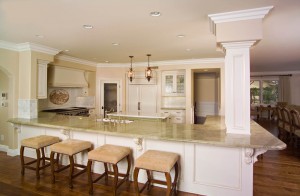
Well that’s it. Back to a plug for BetterPhoto classes. Seriously folks take a class, please.
Thanks, John
I teach three classes at BetterPhoto:
Portrait Lighting on Location and in the Studio
An Introduction to Photographic Lighting
Getting Started in Commercial Photography
I hope you’ll check them out. I have been told that prices are going up this year at BetterPhoto, so you might want to sign up soon.

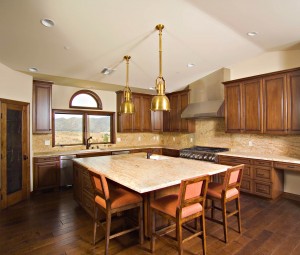
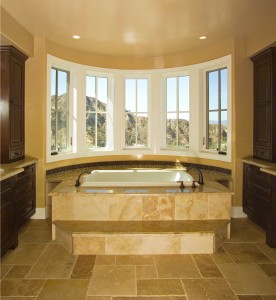
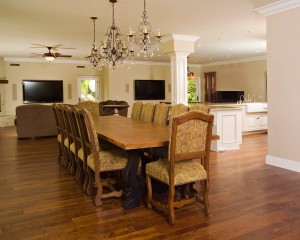

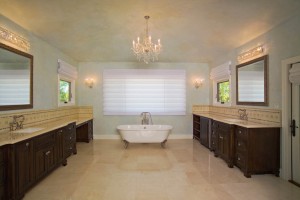
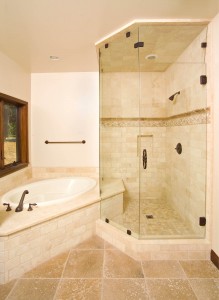
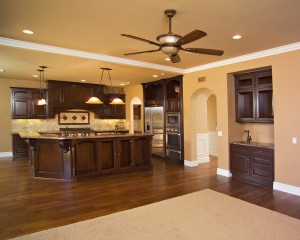
Great tips, as usual
Comment by sjmiller — March 28, 2012 @ 11:50 am